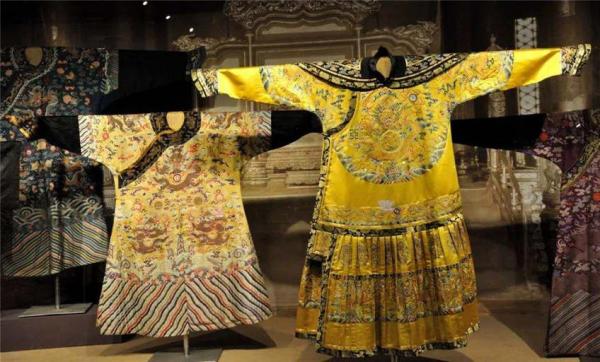Chinese Silk
Silk and silk making is a vital feature of Chinese history and its ancient civilization. According to archeological evidence, silk and silk fabric emerged in China at least 5,500 years ago. The cultivation of the silkworm can be traced back to the third century BC.

Silkworm raising and cocoon unwinding are now known as silk culture or sericulture. It takes about 25-28 days for a silkworm to grow old enough to spin a cocoon. Then farmers will pick them up and place them one by one onto piles of straws. Then each silkworm, with its legs stretched out, will attach itself to the straw and begin to spin.
The next step is unwinding the cocoons. The cocoons are heated enough to kill the pupae, which must be done at the right time; otherwise, the pupas are bound to turn into moths. Moths will make a hole in the cocoon, which makes reeling useless.
To unwind the cocoons, they are put into a basin filled with hot water at first. Then the reeling women find the loose end of the cocoons and twist them. Afterwards, the women carry the cocoons to a small wheel for unwinding. At last, two workers measure them into a certain length and twist them into so-called "raw" silk, which then are dyed and woven into cloth.
It is a fact that about 1,000 meters can be unwound from one cocoon, while 111 cocoons are needed for a man's tie, and 630 cocoons are needed for a woman's blouse.
Chinese people developed new way by using silk to make clothes since the discovery of silk. This kind of clothes became popular soon. At that time, China's technology was developing fast. Emperor Wu Di of western Han Dynasty decided to develop trade with other countries.
Building a road becomes priority to trade silk. The Silk Road was built for this purpose. The Chinese Silk Road has lasted for many dynasties in history from Han, Tang till Qing. It begins from Chang'an (or Xi'an), Sha'anxi Province, via the west along Hexi Corridor in Gansu Province, to Xinjiang Uighur Autonomous Region. The Silk Road went across Middle Asia, South Asia and West Asia. Many countries of Asia and Europe were connected. Therefore Chinese silk and many other inventions were brought to Europe via the Chinese Silk Road. Chinese silk became a symbol of wealth among them.